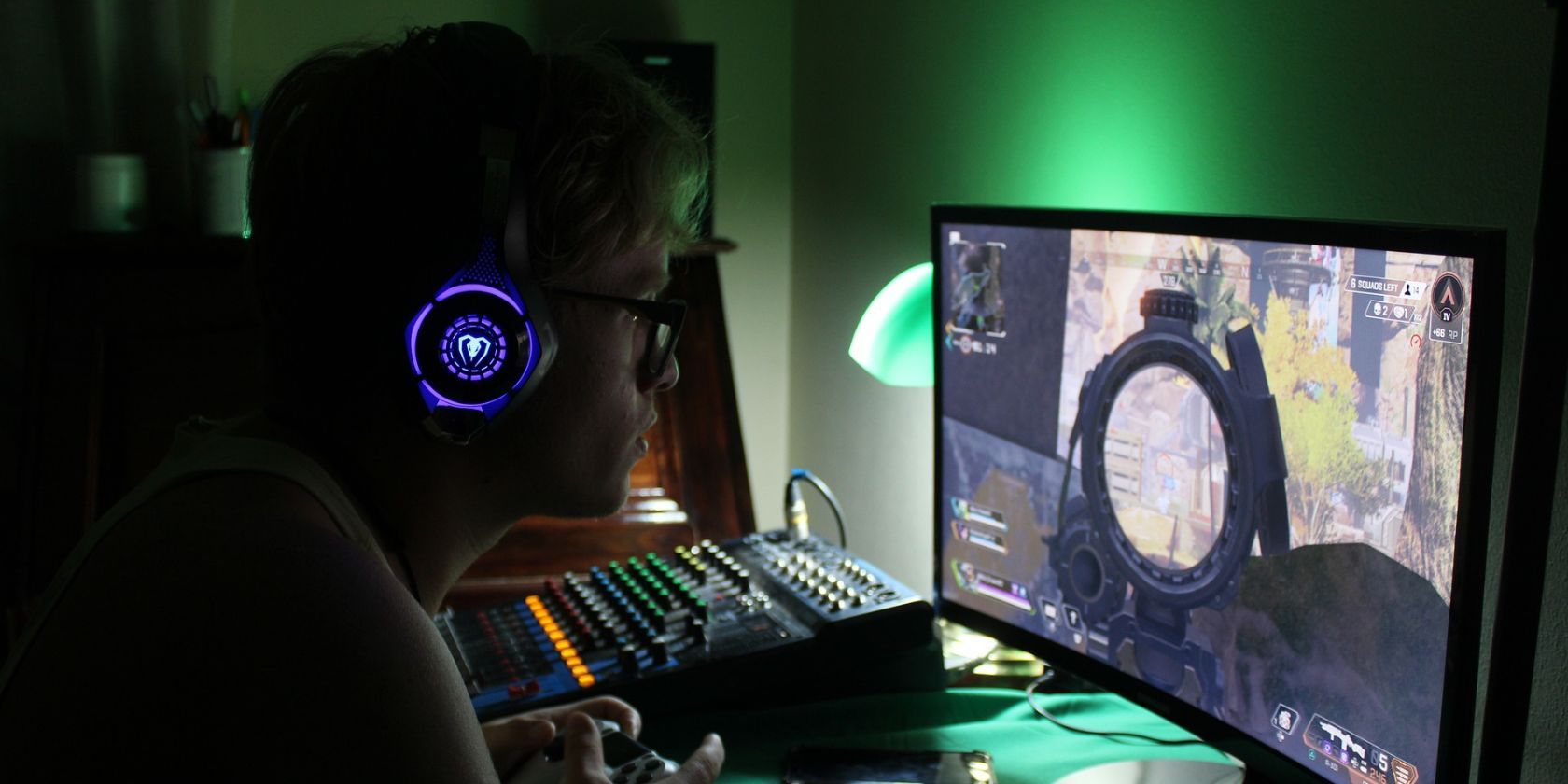
The Overlooked Potential: How Google Failed Its Chromecast

The Overlooked Potential: How Google Failed Its Chromecast
Despite its immense popularity, Chromecast has remained one of the most frustrating brands in Google’s portfolio. What started as a daring project that broke the rules of TV slowly descended into a bland, neglected mess. Google now says that the era of Chromecast is over, but early adopters know that Chromecast has been dead for years.
The original Chromecast was an incredibly ballsy and forward-thinking device. It broke all the standard practices that were established by Roku and TiVo at the beginning of the streaming era—Chromecast didn’t have apps, it didn’t have a home screen, and there weren’t any advertisements baked in the operating system.
More importantly, Chromecast didn’t use a remote control. This streaming device relied entirely on Google’s “Cast” protocol . If you wanted to watch a show or movie, you had to beam it to your Chromecast from your phone, tablet, or laptop. Customers who were lucky enough to grab the short-lived Chromecast Audio, a cheap streaming with a 3.5mm output, enjoyed a similar experience for music. (Naturally, these devices could also be controlled through Google Assistant voice commands and routines.)
Streaming services were happy to build Google Cast support into their respective apps, as it eliminated the need to build new, TV-specific apps. And if a platform refused to join the bandwagon (Prime Video being the most notable example), it didn’t really matter. You could Cast anything from the Chrome browser on your phone or laptop, be it Prime Video, a legally-questionable sports streaming website, or a static blog.
But Google failed to properly support its original collection of Chromecast streamers, which slowly grew more and more unusable . And, in 2020, we saw the launch of Chromecast with Google TV . This product supported the Google Cast protocol (most modern streaming hardware does), but it pivoted into the realm of the milquetoast; it came with a remote control, a home screen, apps, and plenty of advertising opportunities .
While the original Chromecast was daring, lightweight, and exciting, the Chromecast with Google TV felt slow and boring. It was also shockingly buggy and rarely received updates . Of course, Google’s transition to this mainstream product design was inevitable. Most customers celebrated the Chromecast with Google TV because they preferred a more traditional TV experience. And, from a business standpoint, the original Chromecast was kind of foolish. A $30 device without an app store or built-in advertisements isn’t exactly a major profit driver.
Now, Google is saying goodbye to the Chromecast brand. The company’s new Google TV Streamer is basically just an upgraded Chromecast with Google TV, but the name change makes sense, as Chromecast has been dead for a long time. And, to Google’s credit, the new streaming device looks like it may avoid the pitfalls and glitches of its predecessor. It has an appropriate amount of storage and RAM, it features a built-in LAN port, and it can act as a Matter smart home hub.
Will the Google TV Streamer receive better software support than its predecessor? Uh, I don’t plan on being a guinea pig, but if you want to be first in like for the Google TV Streamer, you can pre-order one for $100. For clarity’s sake, I should note that the Chromecast with Google TV will still work for some time, it’s just discontinued.
Source: Google
Also read:
- [New] Elevate Vlogging Select Best Handheld and Tripod Systems
- [New] In 2024, From Novice to Pro Building Perfect Circles & Spheres in MC
- [Updated] 2024 Approved 10 Secret Tips to Better Use Canva Photo Editor
- [Updated] Optimizing Video Production A Guide to Vimeo's Capabilities
- Best 5 GIF Creation Tools for Making Animation Gifs Across Various Systems
- Create Animated GIFs From Video/Image Content for Zero Cost Using Our Editing Tool
- Creating Animated GIFs From Your iPhone Pictures: A Step-by-Step Guide
- Essential Guide: Discover the Ultimate 6 GIF-to-Video Converter Applications for Perfect Transitions
- How To Fix Apple iPhone 15 Unavailable Issue With Ease | Dr.fone
- In 2024, Complete Review & Guide to Techeligible FRP Bypass and More For Tecno Camon 20 Premier 5G
- In 2024, How To Track IMEI Number Of Realme C67 4G Through Google Earth?
- Online signatures for .uot file
- Top Free and Online Solutions: How to Easily Convert GIF Images Into WMV Format on PC or Mac
- Top IMEI Unlokers for Your Samsung Galaxy XCover 7 Phone
- Troubleshooting Guide: Fixing KeepVid Issues & Enhancing Download Performance on macOS Big Sur
- Ultimate Guide: Downloading and Enjoying Animated GIF Desktops Backgrounds
- Ultimate Guide: Transforming WMV Files Into GIFs - Techniques You Can't Afford to Ignore
- Ultimate Picks: The Leading Windows/Mac GIF Creation Tools Online
- Ultimate Step-by-Step Tutorial: Crafting GIFs From Photos Using Photoshop
- Title: The Overlooked Potential: How Google Failed Its Chromecast
- Author: Kenneth
- Created at : 2024-09-28 19:02:47
- Updated at : 2024-09-30 16:22:23
- Link: https://media-tips.techidaily.com/the-overlooked-potential-how-google-failed-its-chromecast/
- License: This work is licensed under CC BY-NC-SA 4.0.